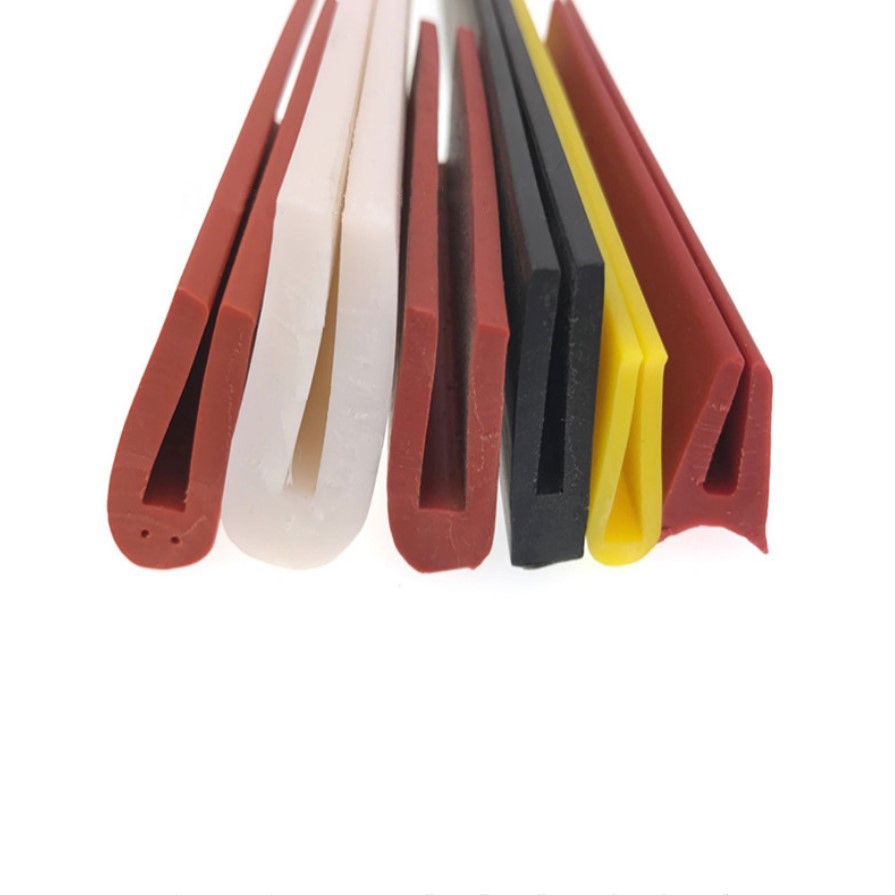Oct . 11, 2024 13:32 Back to list
Enhancing Garage Door Insulation with Effective Sealing Techniques
Sealing Around Your Garage Door A Comprehensive Guide
A garage door is not just an entry point to our homes; it also plays a critical role in the overall energy efficiency, security, and aesthetics of our properties. However, many homeowners often overlook one crucial aspect the seals around the garage door. Proper sealing can greatly improve insulation, protect against pests, and enhance safety. In this article, we will explore the importance of sealing around garage doors, the types of seals available, and how to properly maintain them.
The Importance of Sealing
Sealing around your garage door is vital for several reasons. First and foremost, it improves energy efficiency. A poorly sealed garage door can lead to significant temperature fluctuations, necessitating greater heating or cooling, which in turn results in higher energy bills. Seals help to create a barrier against drafts, keeping your garage—and by extension, your home—at a more stable temperature.
Secondly, proper sealing keeps pests at bay. Insects and rodents often seek shelter in garages, and gaps can provide easy access for them. By ensuring that your garage door is adequately sealed, you can reduce the likelihood of unwanted critters entering your space.
Finally, a well-sealed garage door enhances security. Gaps can be an invitation for potential intruders. A secure seal reduces the risk by minimizing access points and providing peace of mind that your belongings are protected.
Types of Seals
There are several types of seals that can be used around garage doors, each serving a specific purpose.
1. Weatherstripping This is the most common type of seal and is usually applied along the top, sides, and bottom of the garage door. Weatherstripping is designed to prevent air leaks and block moisture. Rubber and vinyl are popular materials for weatherstripping due to their durability and flexibility.
2. Bottom Seals These are specifically designed to fill the gap between the bottom of the garage door and the ground. They help to prevent water, dirt, and pests from entering the garage. Bottom seals come in various materials, including rubber, vinyl, and brush-style options.
3. Threshold Kits These kits create a distinct barrier at the base of the garage door. They are installed at the garage entrance and help to manage water flow, preventing flooding in the garage during heavy rains.
4. Retrofitting Kits For older garage doors, retrofitting kits may be available. These kits provide additional sealing options and are particularly useful for doors that may no longer fit tightly within their frames.
seal around garage door

Installation and Maintenance
Installing seals around your garage door can often be a DIY project
. Here’s a step-by-step guide1. Assess the Gaps Start by inspecting your garage door for any visible gaps or cracks. Pay close attention to corners and the area where the door meets the ground.
2. Choose the Right Seal Select the appropriate type of seal based on the gaps you’ve identified. Measure your door to ensure you purchase the correct size.
3. Prepare the Surface Before installation, clean the surface of the door frame to remove any dirt or debris. This ensures that the seal adheres properly.
4. Apply the Seal Follow the manufacturer's instructions to attach the seal. For weatherstripping, you may need adhesive or nails, while bottom seals will require different attachment methods.
5. Test for Effectiveness Once installed, close the garage door and check for any remaining gaps. Make adjustments as needed.
Regular Maintenance
Seals around your garage door should be inspected regularly, especially before seasonal changes. Look for signs of wear and tear, such as cracks or brittleness. If you notice any damage, replace the seals promptly to maintain energy efficiency and security.
Conclusion
Sealing around your garage door is an essential aspect of home maintenance that can lead to improved energy efficiency, enhanced security, and a pest-free environment. By choosing the right types of seals and committing to regular maintenance, homeowners can enjoy a comfortable garage space that serves its purpose effectively. Remember, a well-sealed garage door is more than just a convenience; it’s an investment in your home’s integrity.




